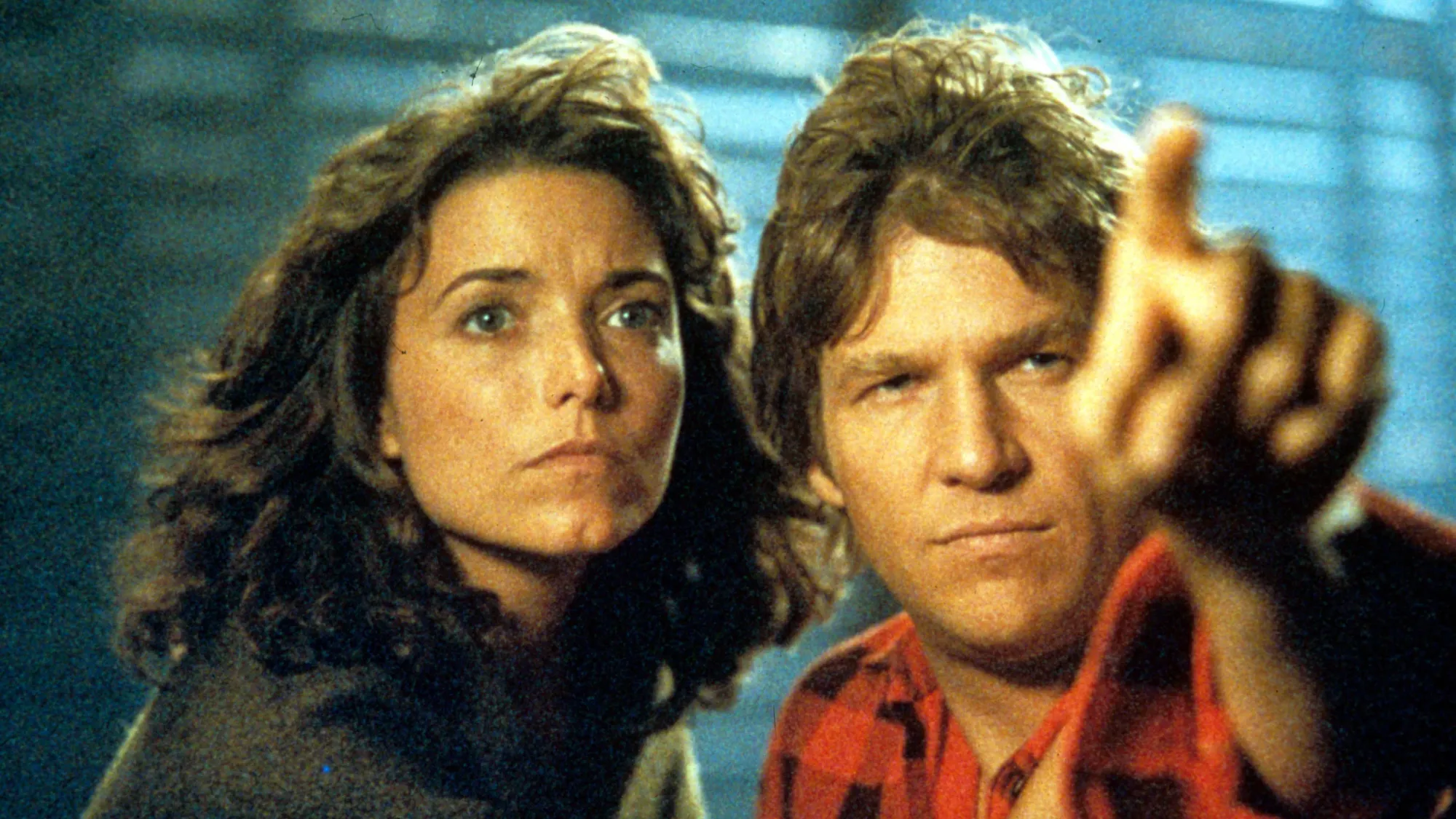Running Away With The Circus
When Hollywood rolls into small towns, they can change not only the town, but the people in it, and we tell a personal story about our own experience with it.

EXT. CATALINA ISLAND - DAY (B&W/SILENT)
While this is all original footage, it should feel like something recovered, like we're looking at historical footage that someone just found on a shelf.
We see farmers unloading 14 bison from a wagon.
SUPERIMPOSE: 1923
DREW (V.O.)
As a possible alternative to the desert locations favored by many early producers of Westerns, and in an effort to establish a relationship with the owners of the land, producer Jesse Lasky arranged to have 14 bison shipped to Catalina Island.
All the bison are off the truck now and milling about.
DREW (V.O.)
Most locals say it was The Vanishing American that was supposed to use the bison, but that was shot in Monument Valley and near Rainbow Bridge and there are no bison in the film. Some historians think it was The Thundering Herd, a silent film that is now lost. Others say the buffalo were never used in a film at all, and it was all just wasted effort.
EXT. CATALINA ISLAND - DAY (PRESENT)
A tourist truck drives through the same field now, with the bison herd that has grown to over a hundred now.
DREW (V.O.)
No matter what film they were supposed to be used in, the bison have become a permanent part of the ecosystem, one of the best-known features of the island.
EXT. RYAN RANCH - DAY
A long black Cadillac drives down the main road to the Ryan Ranch, kicking up dust. You can see it coming from miles away, and a number of LOCALS have gathered at the Ranch to watch it approach.
SUPERIMPOSE: 1954
When it arrives, everyone moves to make room for people to get out, but just barely.
[NOTE: Anytime we "see" a celebrity in one of these staged flashbacks, we should use body doubles and styling to suggest the celebrity rather than shooting them head-on. We should get the impression from their impact on everyone else in the scene as much as anything else.]
A few men climb out, including GEORGE STEVENS. But it's the third person out of the car who gets the big reaction from everyone, and why not? She's stunning, perfectly put-together, and aware of all the eyes on her.
19-year-old ELIZABETH TAYLOR waves to everyone.
DREW (V.O.)
While it's hardly the only Hollywood film to have shot in Marfa, Texas, it's safe to say that the George Stevens film Giant was the one that made the largest impact on this tiny dusty Texas town. Locals were dumbstruck by the appearance of movie stars like Rock Hudson, the newly anointed James Dean, and in particular, young Elizabeth Taylor.
MONTAGE
We see a collection of scenes from Giant.
DREW (V.O.)
The Ryan Ranch, the primary location for Giant, was rented for $20,000, and they rented everything... horses, ranch hands... everything that was already there, all in an effort to capture something authentic. The film left a deep mark on the town and on the locals who witnessed it, something that is true for many American towns that have had the same thing happen to them.
EXT. BODEGA BAY - DAY
A series of establishing shots of Bodega Bay. There's a movie crew in town, and they're setting up a scene outside the Tides Restaurant.
SUPERIMPOSE: 1962
DREW (V.O.)
When Alfred Hitchcock picked the location for his movie The Birds, he used several small towns from the same area to create the one in the movie. A local business owner named Mitch Zankitch offered up his restaurant as a free location in exchange for Hitch calling the town Bodega Bay in the film, naming the lead character Mitch, and giving the real Mitch a small walk-on role. The film drove tourism to the town in droves, and his small restaurant has flourished, with The Inn at the Tides still trading on its appearance in the film today.
TIPPI HEDREN and ROD TAYLOR stand near the entrance to the restaurant to get ready for the next take.
LOCALS gather nearby, afraid to interrupt but unable to stop staring and talking.
DREW (V.O.)
It can be dizzying for a small town to have a Hollywood production land there. It can be an economic boon in the best cases, a colossal inconvenience and embarrassment in the worst cases. In many cases, the mark that Hollywood leaves on a place is a mark that never goes away. I understand exactly what that feels like, because I was just shy of fourteen years old when the circus came to town.
